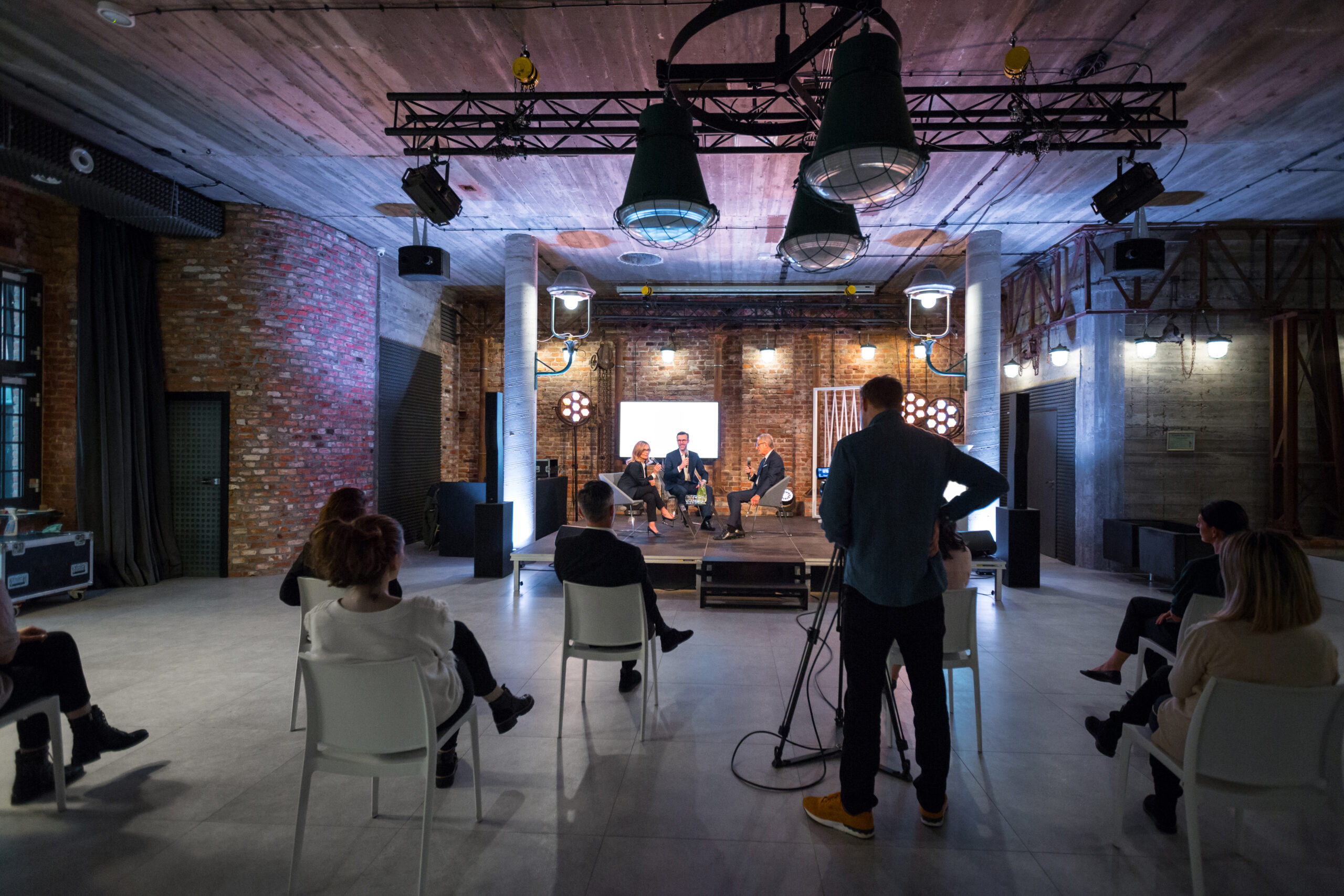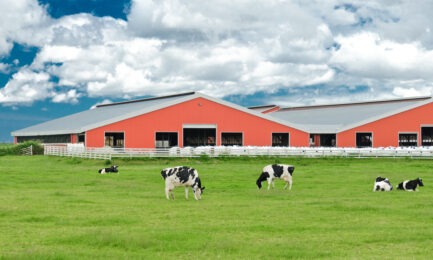New buzzword or just the next step toward 365 engagement?
In previous articles and over the past decade, I’ve made the case for hybrid events, favoring a definition that promoted creating connections between the in-person and online audiences and a sense of being a part of the same event—just in different locations.
It’s a model that works on a spectrum, from fully in-person events, to broadcast events, to hybrid events, to digital-first events, to digital-only events in a way that doesn’t let us just stick a camera in the back of the room and call it “hybrid”. These are all different kinds of events, with different levels of engagement and connectivity between audiences, and I find it generally pretty easy to classify an event based on where they fall on that spectrum.
So, when I started being asked about “asynchronous hybrid” events, I was a little chagrined to discover that I was having difficulty deciding where they landed in that model. And, as usual, different people were using the term in different ways, complicating the issue. Let’s take a crack at it, though, by breaking down the term into its constituent parts.
A Matter of Time
When it comes to synchronous versus asynchronous, this part is actually pretty easy. There are portions of an event that happen at the same time for everyone, and others that do not. We see this all the time in events across the spectrum. General sessions and breakout sessions, evening activities, and other portions are designed for all attendees to be taking part at the same time. They’re “synchronous.”
Within the event, there may be activities that aren’t bound by specific times and can be experienced by attendees at their own leisure. This could be an exercise challenge, a passport game on the tradeshow floor, or a wellness lounge with meditation spaces. These activities are “asynchronous” and can happen at any point along the attendee’s journey.
So, there’s stuff that happens all at once that we’re all supposed to do, and other stuff that we can do on our own or in small groups pretty much whenever we feel like it. OK, got it.
Even before the pandemic, savvy planners were using these activities to add a little spice to their events, and many had begun to broaden that thinking beyond the bounds of the in-person event.
Read More: 8 Engagement Tips for Your Next Hybrid Event

Extending the Conversation
Event marketers began to realize that they could build loyalty among their attendees and boost their in-person attendance by engaging with their audiences not just during their events, but before and after events, as well.
In the weeks leading up to the event, they could build the anticipation through social media campaigns, by “dripping” content from their keynote speakers, and by opening the event app up early to encourage conversation and community building.
Likewise, instead of just following up with a request to fill out a survey, they sought ways to keep the conversation going with post-event activity reports, follow-ups from sponsors, on-demand content of the in-person sessions, highly produced “That’s a Wrap!” videos, and, of course…promotions of the location for next year’s event. Almost all of these activities can be considered asynchronous portions of the event and have proven highly successful in a lot of organizations and industries.
“Event marketers began to realize that they could build loyalty among their attendees and boost their in-person attendance by engaging with their audiences…before and after events, as well.”
But is it Still a Duck?
The next step in this evolution was inevitable. If a little engagement before and a little engagement after is good, maybe year-round cultivation of community is even better? Guess what? It was. And long before the disruption that was 2020 hit our industry, we were already seeing more and more focus being put on year-round “365 engagement”.
At what point, though, is this engagement still part of the same event? If you’re engaging with your audience all year round, when does it shift from being follow-up from one event, and promotion for the next?
If your brand literally only has one event a year, then all of that promotion and engagement truly is about a singular event. For a lot of organizations (if not most), there is more than one event in a year, and the conversation about 365 Engagement then starts to include multi-event strategies under the same brand or banner.
So really there are a couple of different kinds of asynchronous portions of events: There are the asynchronous activities that promote and encourage engagement before, during and after individual events, but also there may be asynchronous activities that are not attached to any one event in particular and are part of a multi-event strategy that promotes the overall brand or organization.
By Any Other Name
In this context, “asynchronous” is therefore nothing new for events and is something we’ve been working our way toward for some time. So really, when we’re talking about “asynchronous hybrid” all we’re really saying is that we’re having a hybrid event that has asynchronous activities as a part of the agenda. This could be games or activities leading up to the event, or perhaps pre-recorded content that can be watched on the attendees’ own schedule that sets up a discussion or roundtable chat during the event itself.
So perhaps it’s not a new kind of event at all. It’s really just one design aspect of the larger category, and any kind of event—hybrid, broadcast, or in-person—can have asynchronous portions of it.
Unfortunately, over the course of the last couple of years, there’s been an awful lot of either/or thinking. Some of it wasn’t our fault—we had to take our events online when companies and countries required it.
The problem is when we carry that kind of thinking forward—continuing to ask, “Should we do an online event? Or in-person? Or Hybrid?” Sure, these questions need to be answered, but let’s not lose the forest for the trees. Why does it have to be “Or?” The toolbox is open and has more tools than ever.
Read More: Live? Virtual? Hybrid? There’s Only One Wrong Choice for Team Building
Either, Or, or More?
If you extend the possibilities of 365 Engagement, you may find that you have the need for more smaller events, of different types in-between your marquis events, and that these may be different formats. Take advantage of the low barrier of entry for online events and have several of those strewn throughout the year, leading up to a hybrid annual event. Then, maybe you have a couple more online events, followed by an “exclusive, VIP experience” for a smaller audience. The possibilities are endless, in endless combinations.
And any, or all of these experiences can have asynchronous components, not just hybrid events!
This article appears in the February/March 2022 issue.





